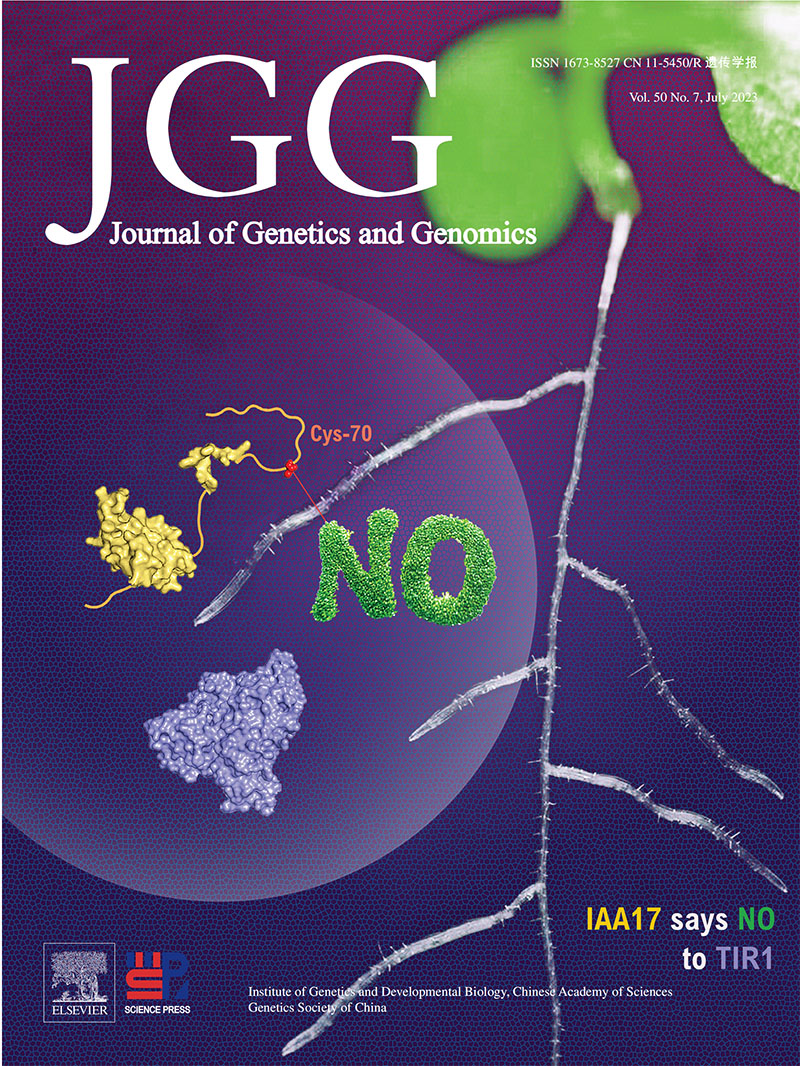2023, 50(7): 462-472.
doi: 10.1016/j.jgg.2023.04.003
Abstract:
Since the discovery of the first transposon by Dr. Barbara McClintock, the prevalence and diversity of transposable elements (TEs) have been gradually recognized. As fundamental genetic components, TEs drive organismal evolution not only by contributing functional sequences (e.g., regulatory elements or “controllers” as phrased by Dr. McClintock) but also by shuffling genomic sequences. In the latter respect, TE-mediated gene duplications have contributed to the origination of new genes and attracted extensive interest. In response to the development of this field, we herein attempt to provide an overview of TE-mediated duplication by focusing on common rules emerging across duplications generated by different TE types. Specifically, despite the huge divergence of transposition machinery across TEs, we identify three common features of various TE-mediated duplication mechanisms, including end bypass, template switching, and recurrent transposition. These three features lead to one common functional outcome, namely, TE-mediated duplicates tend to be subjected to exon shuffling and neofunctionalization. Therefore, the intrinsic properties of the mutational mechanism constrain the evolutionary trajectories of these duplicates. We finally discuss the future of this field including an in-depth characterization of both the duplication mechanisms and functions of TE-mediated duplicates.







